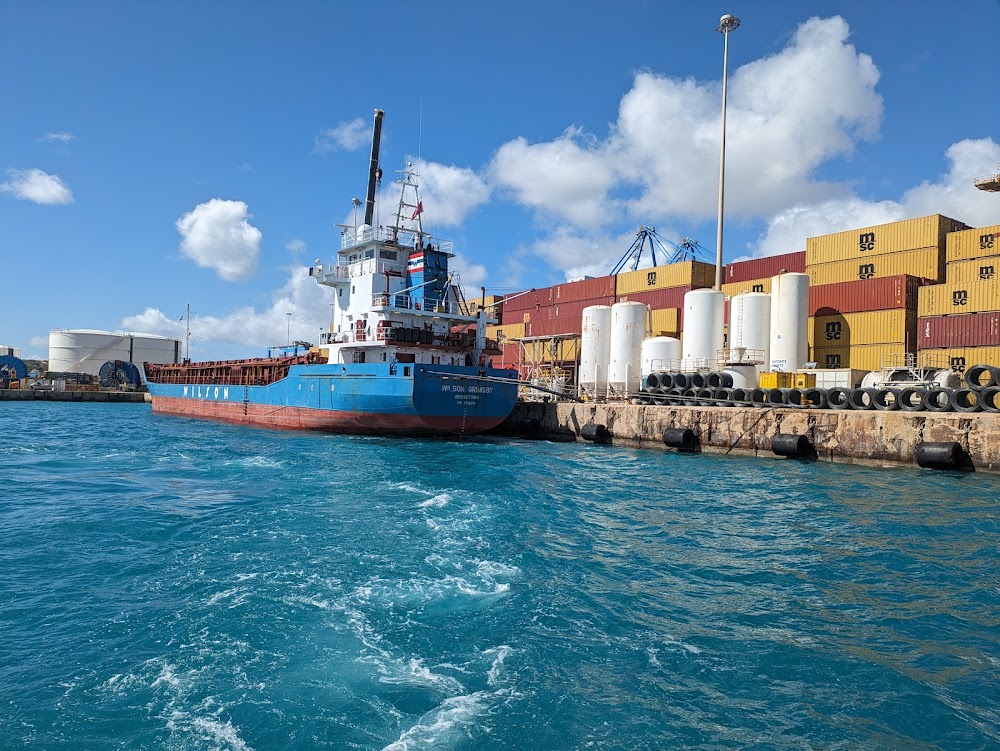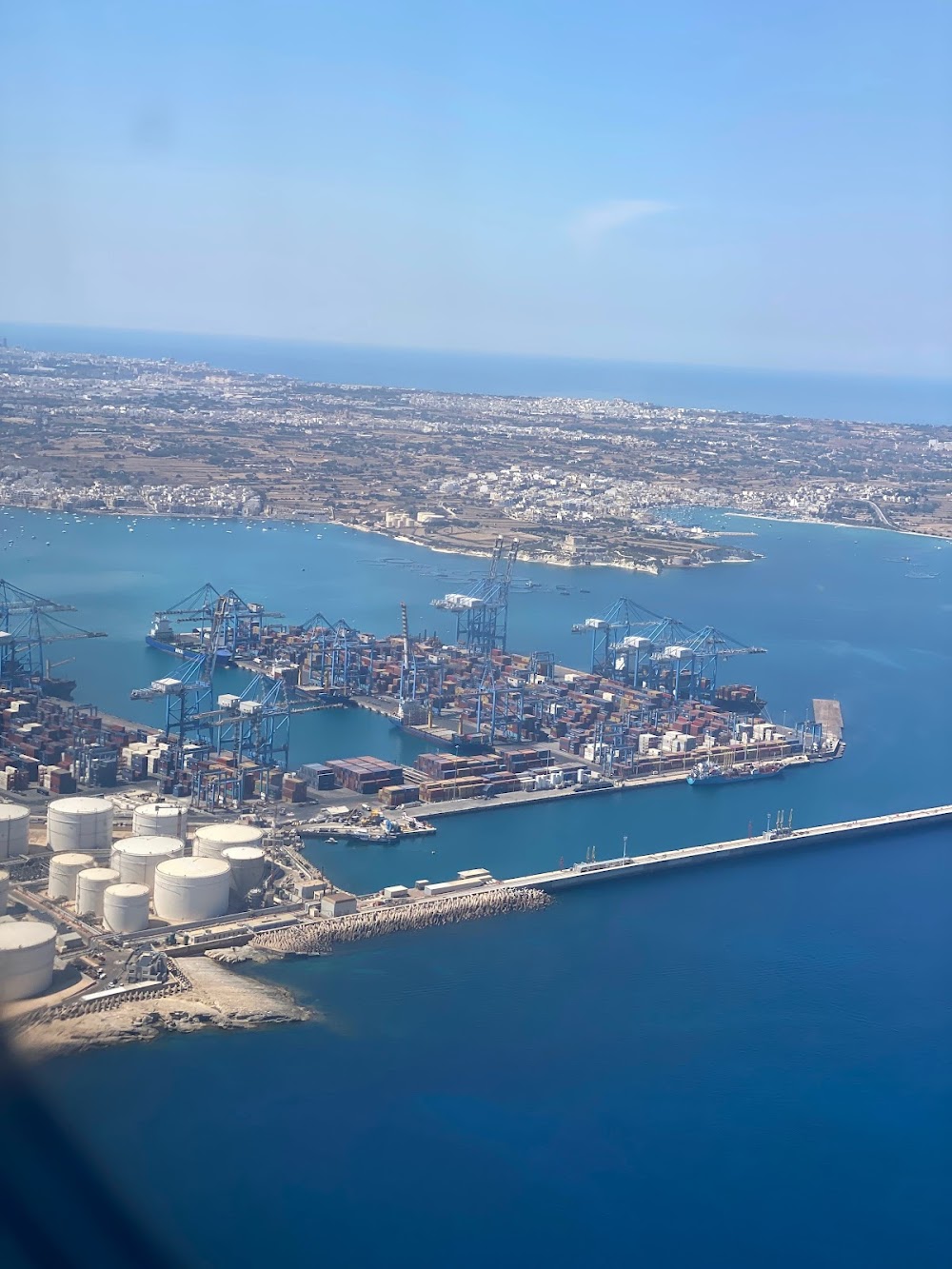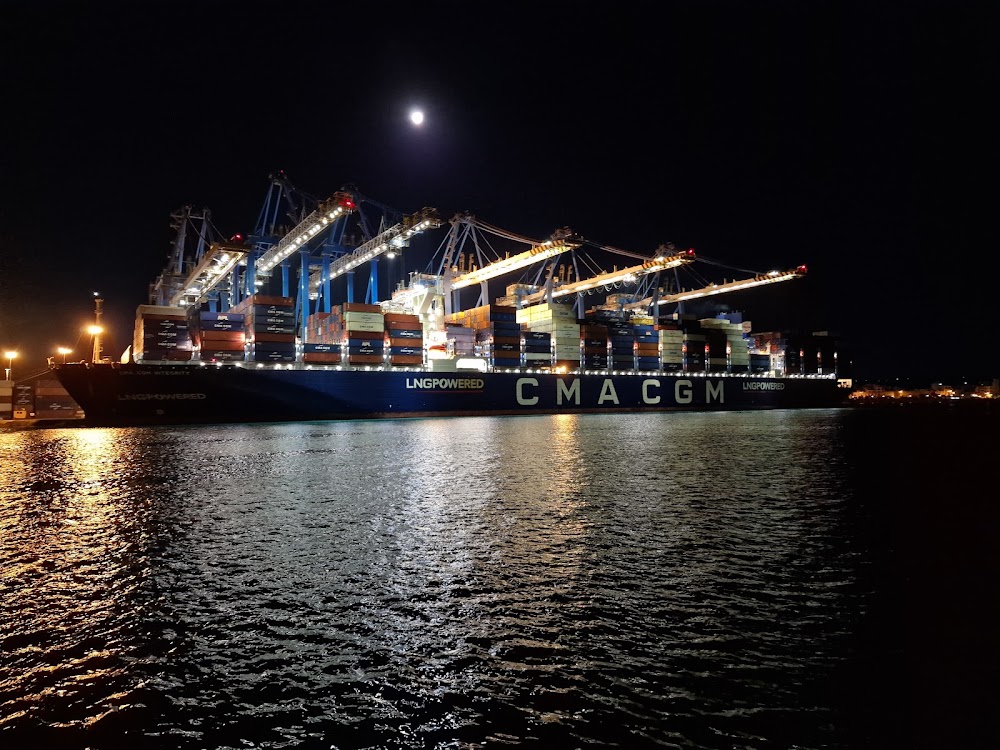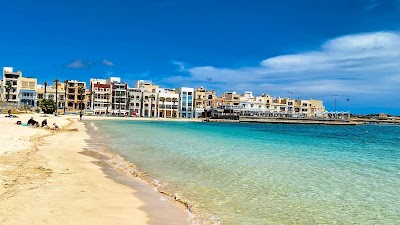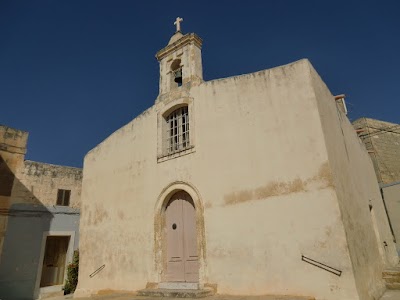Malta Freeport (Port Ħieles ta' Malta)
Overview
Overview of Malta Freeport
Malta Freeport, nestled in the charming town of Birżebbuġa, Malta, has evolved into a vibrant center of maritime activity and international trade. Its creation and subsequent growth reflect a strategic vision and unwavering dedication to transforming Malta into a key player in global logistics.
Historical Background
The origins of Malta Freeport date back to the 1980s, a pivotal time when the island nation aimed to enhance its economy by leveraging its prime Mediterranean location. Recognizing the potential to establish itself as a significant logistics and transshipment hub, the Maltese government officially launched Malta Freeport Corporation Limited in 1988.
Development Milestones
The construction of Malta Freeport was characterized by careful planning and considerable investment. The initial development focused on the North and South Terminals, which were designed to accommodate the growing demand for container traffic. State-of-the-art berths were built, equipped with advanced cranes and cargo handling systems to facilitate the efficient loading and unloading of goods from larger vessels.
Global Impact
By the early 1990s, Malta Freeport was already making significant strides in the global maritime industry. The facility underwent continuous upgrades to meet the evolving needs of modern commerce, including expanding its terminals and integrating innovative technologies. High-tech surveillance systems and sophisticated terminal operating systems were introduced to enhance both efficiency and security.
Privatization and Partnerships
A major milestone occurred in 2004 with the privatization of Malta Freeport. The lease of operations to industry leaders CMA CGM and Yildirim Group revitalized the Freeport, infusing it with expertise, capital, and a vast global shipping network. This partnership set the stage for further advancements in infrastructure and operations.
Infrastructure Advancements
The Freeport continued to evolve, marked by the extension of quay walls and deepening dredging operations to accommodate even larger vessels. Additionally, the installation of reefer points allowed for the controlled storage of perishable goods. Malta Freeport also embraced sustainability by implementing eco-friendly practices, such as utilizing shore power to reduce emissions.
Operational Excellence
Beyond its physical growth, Malta Freeport is committed to operational excellence. Its skilled and dynamic workforce is equipped with the latest knowledge through rigorous training programs, ensuring that cargo handling and logistics management standards remain exemplary.
Economic Contributions
Malta Freeport has been instrumental in driving economic growth in Birżebbuġa and beyond. It has created thousands of jobs, both directly and indirectly, boosting the local economy and improving the standard of living in the region. The Freeport’s operations have also spurred ancillary industries such as warehousing, logistics services, and ship repair and maintenance.
Current Status
Today, Malta Freeport ranks among the premier transshipment hubs in the Mediterranean, handling millions of TEUs (twenty-foot equivalent units) annually. Its strategic location enables seamless connections to shipping routes across Asia, Europe, and the Americas, making it a crucial point in the global supply chain.
A Remarkable Journey
The evolution of Malta Freeport is a remarkable narrative of vision, investment, and collaboration. From its inception as a strategic initiative in the late 20th century to its current status as a leading maritime hub, Malta Freeport stands as a testament to how infrastructure development, technological innovation, and effective management can come together to create a powerhouse of trade and economic growth.



